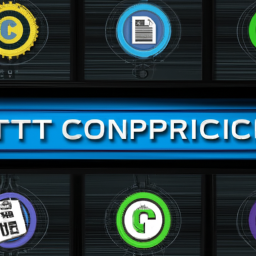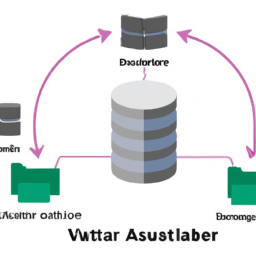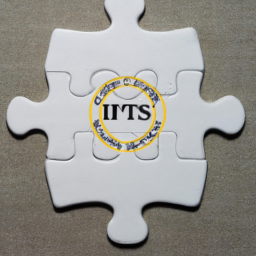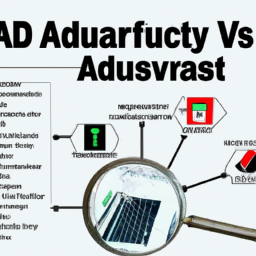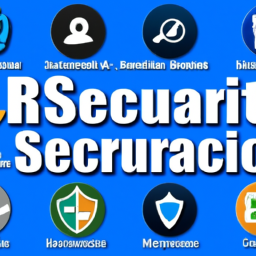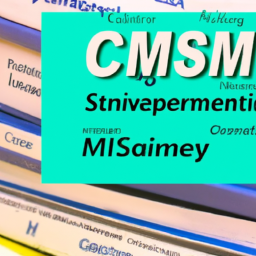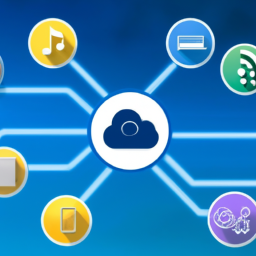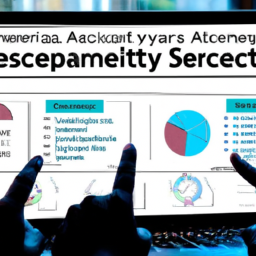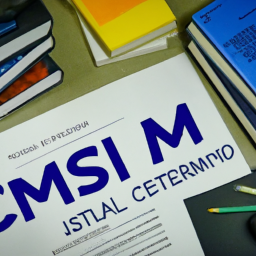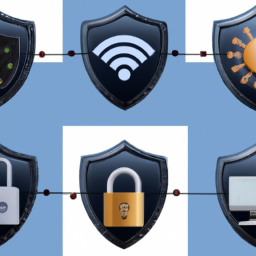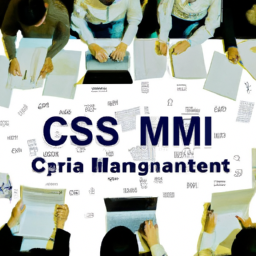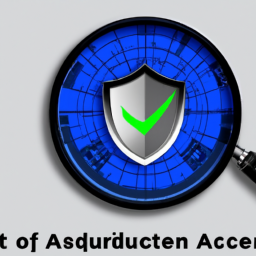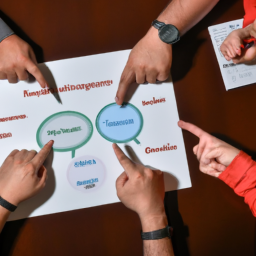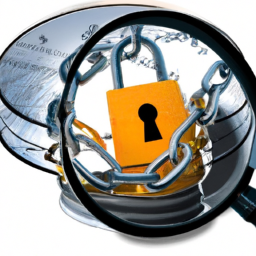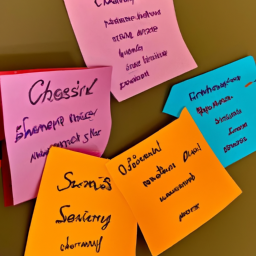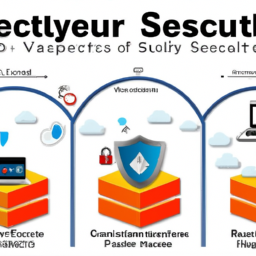Are you ready to dive into the world of security vulnerability analysis? Brace yourself, because this article will take you on an exhilarating journey where you will uncover the techniques and tools used to analyze and mitigate potential security risks.
Like a skilled detective piecing together clues, you will learn how to identify vulnerabilities lurking in computer systems and networks.
In this digital age, the threat landscape is constantly evolving, making it crucial for organizations to stay one step ahead of cybercriminals. By leveraging cutting-edge vulnerability scanning tools, you can proactively identify weaknesses and prioritize your security efforts. But that’s just the beginning.
Penetration testing techniques will allow you to go beyond surface-level vulnerabilities, simulating real-world attacks to assess the resilience of your defenses. Additionally, threat modeling will help you anticipate potential risks and design robust security measures.
But it doesn’t stop there. This article will delve into the intricacies of code review and static analysis, web application security testing, and security assessment frameworks.
So buckle up and get ready to enhance your security posture as we unlock the secrets of analyzing security vulnerability.
Key Takeaways
- Staying ahead of cybercriminals is crucial in the constantly evolving threat landscape.
- Vulnerability scanning tools are important for proactively identifying weaknesses.
- Penetration testing techniques simulate real-world attacks to assess defenses.
- Security assessment frameworks streamline the vulnerability analysis process and improve overall security.
Vulnerability Scanning Tools
If you want to quickly identify potential security weaknesses in your system, vulnerability scanning tools are your best friend. These tools play a crucial role in vulnerability management by scanning your network for vulnerabilities and providing you with detailed reports.
They can assess your system’s software, configurations, and network infrastructure to pinpoint weaknesses that attackers could exploit. Network scanning is a key feature of vulnerability scanning tools, as it allows you to discover open ports, misconfigured devices, and other potential entry points for attackers.
By using these tools, you can proactively identify and address vulnerabilities before they’re exploited. Once you’ve identified the weaknesses in your system, you can then move on to the next step: penetration testing techniques. These techniques involve actively testing your system’s security measures to see if they can withstand real-world attacks.
Penetration Testing Techniques
Penetration testing employs various methods to assess the strength of a system’s security. It involves simulating real-world attacks to identify vulnerabilities and potential entry points that malicious actors could exploit.
To effectively conduct network penetration testing, several techniques are used:
-
Reconnaissance: This involves gathering information about the target network, such as IP addresses, open ports, and network topology. It helps identify potential vulnerabilities and weak points.
-
Exploitation: Once the reconnaissance phase is complete, the tester attempts to exploit the identified vulnerabilities and gain unauthorized access to the system. This could involve using known exploits or creating custom ones.
-
Wireless Testing: As wireless networks become more prevalent, it is crucial to test their security. This includes assessing the strength of encryption, identifying rogue access points, and testing for vulnerabilities in wireless protocols.
By employing these techniques, penetration testers can identify weaknesses in a system’s security and provide recommendations for remediation. This leads us to the next step in the analysis: threat modeling.
Threat Modeling
Threat modeling allows security professionals to anticipate and strategize against potential attacks, ensuring a comprehensive defense against malicious actors. It is a proactive approach that involves identifying and analyzing potential threats, vulnerabilities, and impacts to the system or application.
By conducting a security risk assessment, organizations can gain a better understanding of their assets, potential attackers, and potential attack vectors. This enables them to prioritize security measures and allocate resources effectively.
Threat modeling provides a structured framework to identify and mitigate risks early in the development lifecycle, reducing the likelihood of security breaches and minimizing the impact of successful attacks.
Moving forward, code review and static analysis can further enhance the security of the system by identifying vulnerabilities and weaknesses in the codebase.
Code Review and Static Analysis
To enhance the security of your system, you should consider conducting a thorough code review and utilizing static analysis tools.
Automated scanning and manual review are two essential techniques that can help identify security vulnerabilities in your code.
Automated scanning involves using tools that analyze your codebase for potential vulnerabilities, such as insecure coding practices, known software flaws, or improper input handling. These tools can quickly scan large codebases and provide a comprehensive report of potential issues.
On the other hand, manual review requires human expertise to scrutinize the code for security weaknesses that automated tools may miss. It involves carefully inspecting the codebase line by line, identifying potential security flaws, and assessing their severity.
By combining automated scanning and manual review, you can significantly improve the security of your system.
Now, let’s move on to discussing web application security testing.
Web Application Security Testing
Ensure the armor of your web application is impenetrable by putting it through the ultimate stress test: web application security testing. This crucial step involves dynamic analysis and manual testing to identify vulnerabilities that could potentially be exploited by attackers.
Dynamic analysis involves actively interacting with the application, simulating real-world scenarios to assess its behavior and response to different inputs. By doing so, you can uncover potential security flaws that may not be evident through static analysis alone.
Manual testing, on the other hand, allows for a more in-depth examination of the application’s functionality and logic, enabling you to identify complex vulnerabilities that automated tools may miss. These thorough and technical testing techniques help ensure that your web application is resilient to attacks.
Transitioning into the next section, let’s now explore security assessment frameworks that can further enhance your application’s security posture.
Security Assessment Frameworks
When it comes to assessing the security of a web application, using a security assessment framework can greatly simplify the process. These frameworks provide a structured approach to identifying and analyzing security vulnerabilities, allowing you to systematically assess the overall security posture of your application.
Some commonly used security assessment frameworks include OWASP ASVS, NIST SP 800-115, and PTES. By utilizing these frameworks, you can ensure a comprehensive and standardized approach to vulnerability analysis, enabling you to identify and address potential security risks more efficiently.
Introduction to security assessment frameworks
Explore the world of security assessment frameworks to gain a deeper understanding of how to identify and address vulnerabilities in your systems. Security assessment methodologies provide a structured approach to evaluating the security posture of your organization.
By following best practices in security assessment, you can proactively detect and mitigate potential threats before they’re exploited by malicious actors. These methodologies encompass a range of techniques and tools that enable you to assess the effectiveness of your security controls, identify weaknesses, and prioritize remediation efforts.
Understanding the intricacies of security assessment frameworks allows you to comprehensively evaluate the security of your systems and make informed decisions to protect your organization’s sensitive data.
Transitioning into the next section about commonly used security assessment frameworks, it’s important to explore these frameworks in detail to determine the most suitable one for your specific needs.
Commonly used security assessment frameworks
There are several widely adopted security assessment frameworks that organizations can leverage to evaluate and address potential vulnerabilities in their systems. Security assessment frameworks in practice involve the use of structured methodologies to assess the security posture of an organization’s infrastructure, applications, and processes. These frameworks provide a systematic approach to identifying, analyzing, and mitigating security risks. Some commonly used frameworks include the Open Web Application Security Project (OWASP) Top 10, the National Institute of Standards and Technology (NIST) Cybersecurity Framework, and the Payment Card Industry Data Security Standard (PCI DSS). Each framework offers its own set of guidelines and controls to help organizations improve their security posture. However, implementing these frameworks can pose challenges, such as the need for specialized knowledge and resources, alignment with organizational goals, and ensuring ongoing compliance. Transitioning to the subsequent section about the benefits of using security assessment frameworks in vulnerability analysis, these frameworks provide a structured approach to identify and address security vulnerabilities in a proactive manner.
Benefits of using security assessment frameworks in vulnerability analysis
By utilizing security assessment frameworks in vulnerability analysis, you can enhance your understanding of potential weaknesses and take proactive steps to safeguard your systems and data.
One of the key benefits of using security assessment frameworks is the role of automation. These frameworks often include automated tools and scripts that can scan your systems and identify vulnerabilities more efficiently than manual processes. This allows you to save time and resources while still ensuring a comprehensive assessment.
Additionally, security assessment frameworks can be integrated with DevOps processes. This integration allows for continuous assessment of security vulnerabilities throughout the software development lifecycle, ensuring that security is a priority from the early stages of development.
By incorporating security assessment frameworks into your vulnerability analysis, you can streamline the process, improve efficiency, and ultimately enhance the overall security of your systems and data.
Frequently Asked Questions
How can vulnerability scanning tools be effectively integrated into an organization’s existing security infrastructure?
To effectively integrate vulnerability scanning tools into your existing security infrastructure, you must remember the adage "Prevention is better than cure." By incorporating these tools, you gain the benefits of vulnerability scanning. This includes identifying weaknesses in your systems, prioritizing patches, and ensuring compliance with security standards.
Integrating vulnerability scanning tools allows for proactive measures to be taken, reducing the risk of potential security breaches and protecting your organization’s valuable assets.
What are the most common challenges faced during penetration testing and how can they be overcome?
The challenges of ethical hacking and overcoming penetration testing obstacles are numerous.
One common challenge is the lack of access to target systems, which can hinder the testing process. This can be overcome by collaborating closely with the organization’s IT team to gain the necessary permissions and access.
Another challenge is the complexity of modern systems, which require a deep understanding of various technologies and their vulnerabilities. This can be addressed by continuously updating skills and knowledge through training and research.
Are threat modeling techniques applicable only to large organizations or are they also valuable for small businesses?
Threat modeling techniques aren’t limited to large organizations, but they’re also valuable for small businesses. By employing threat modeling techniques, small businesses can identify and analyze potential threats and vulnerabilities in their systems and applications. This allows them to proactively implement security measures and prioritize resources effectively.
Threat modeling helps small businesses understand their risk landscape and make informed decisions to protect their assets, customers, and reputation from potential threats.
What are the key differences between code review and static analysis in terms of identifying security vulnerabilities?
Code review and static analysis are like two different lenses through which you can view your code. Code review involves human expertise and intuition, akin to a skilled detective inspecting every line for potential vulnerabilities.
On the other hand, static analysis is like a powerful microscope, meticulously examining your code for any security flaws automatically.
While both are important, code review allows for a deeper understanding of the code, and dynamic analysis helps reinforce security training, making them complementary techniques.
Can web application security testing solely rely on automated tools or is manual testing necessary for comprehensive results?
Automated testing can be a valuable tool in web application security testing, but it has limitations. It can help identify common vulnerabilities quickly and efficiently. However, it may miss more complex or unique vulnerabilities that require manual testing.
Manual testing provides the benefit of human intelligence and creativity, allowing testers to think outside the box and identify vulnerabilities that automated tools may overlook. Therefore, for comprehensive results, it’s necessary to combine automated testing with manual testing in web application security testing.
Conclusion
In conclusion, analyzing security vulnerabilities requires a combination of techniques and tools to ensure thorough and precise results.
Vulnerability scanning tools provide an automated approach to identifying potential weaknesses in a system.
Penetration testing techniques, on the other hand, offer a more hands-on approach to simulate real-world attacks.
Threat modeling helps in prioritizing vulnerabilities based on their potential impact.
Code review and static analysis play a crucial role in identifying coding errors and vulnerabilities.
Web application security testing ensures that web applications are resilient to attacks.
Lastly, security assessment frameworks provide a structured approach to assessing and managing security risks.
By employing these techniques and tools, organizations can enhance their overall security posture and protect against potential threats.







